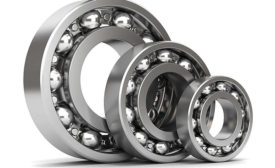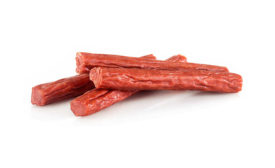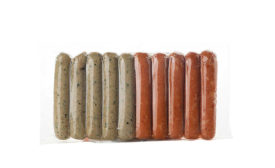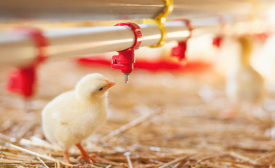Meat and Poultry Processing
Product Focus | Metal Detection
What it is and why it’s important.
Read More
Tech | Processing
Robotics and Automation: Back to the future
Robotics and automation in meat processing become smarter and more collaborative.
Read More
Tech | Processing
Repurposing wastewater
Innovative, sustainable cleaning systems shrink treatment systems.
Read More
Cover Story | 2020 Deli Report
2020 Deli Report: Riding the COVID coaster
The COVID-19 pandemic is upending deli operations, but strong meat and poultry revenue opportunities remain for operators who adjust to the changing landscape.
Read More
Cover Story | The Year of the Independent Processor
The year of the independent processor
The small processor community has acted heroically during the most trying times in recent memory.
Read More
Stay ahead of the curve. Unlock a dose of cutting-edge insights.
Receive our premium content directly to your inbox.
SIGN-UP TODAYCopyright ©2024. All Rights Reserved BNP Media.
Design, CMS, Hosting & Web Development :: ePublishing














